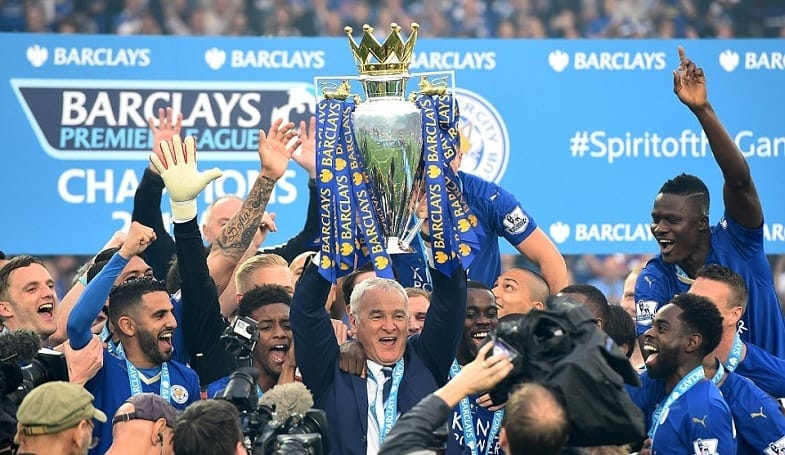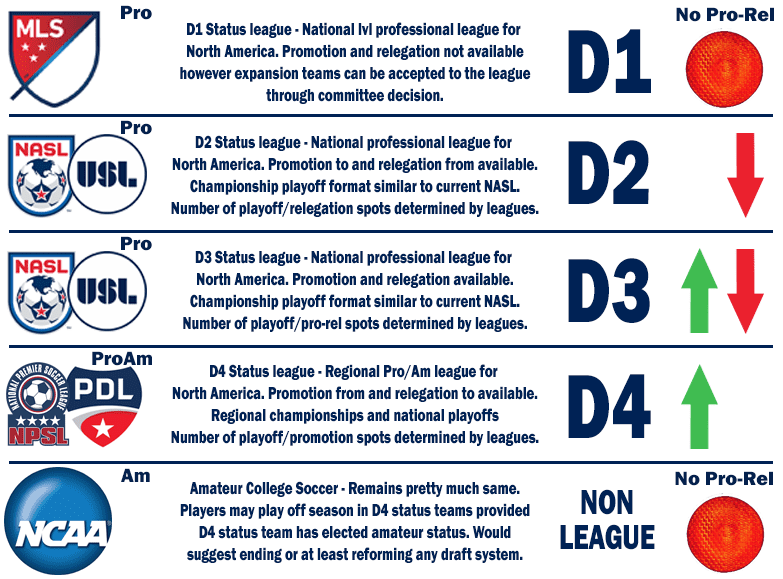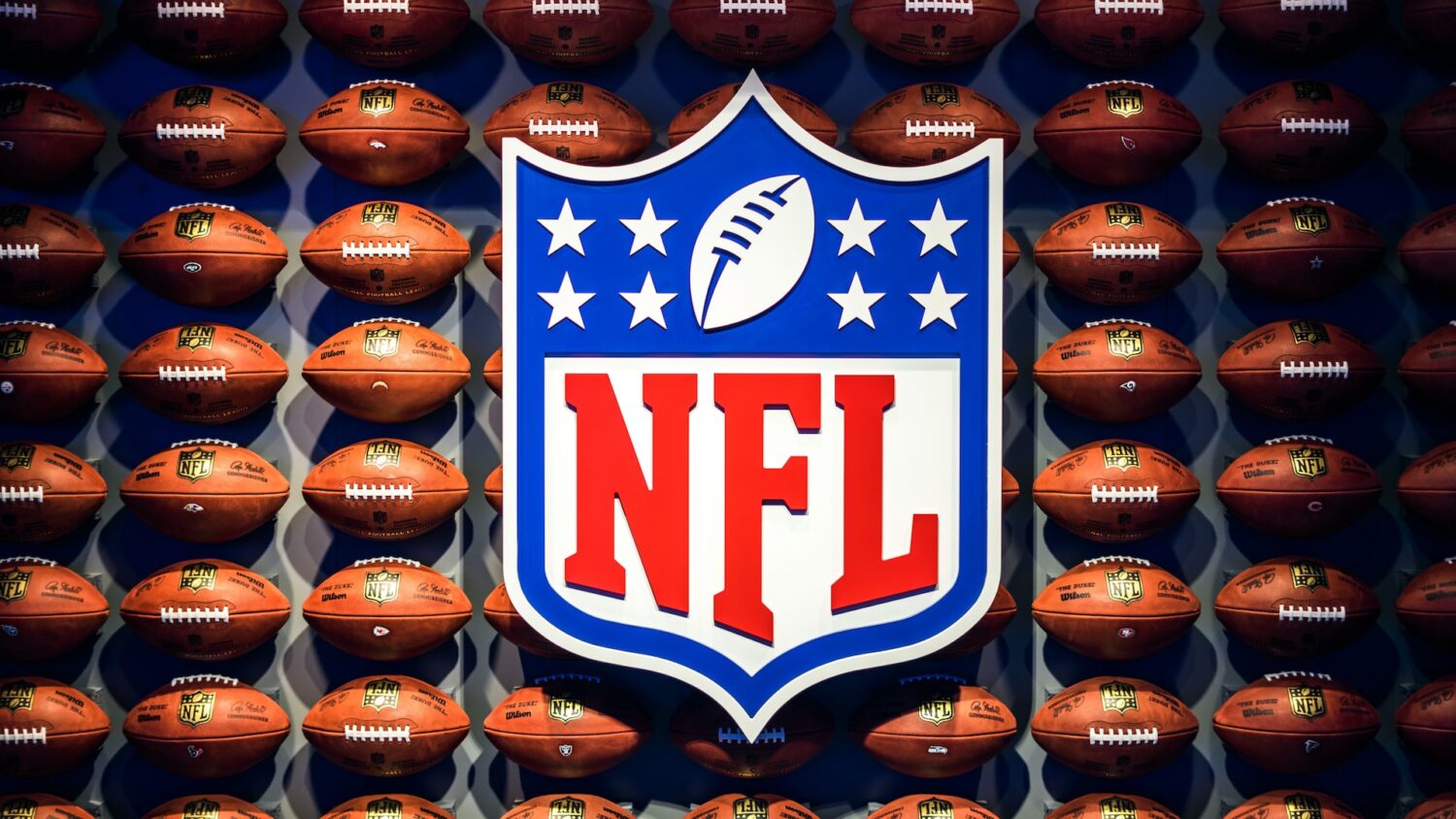Leicester City had clinched the Premier League title.
The small club from central England beat the 5,000-1 odds of winning the title, just two years after being promoted to the EPL and a year after fighting off relegation. No club or team in the history of sports had ever pulled off such an incredible feat. Leicester City climbed from third division soccer in 2009, all the way to the top of one of the best leagues in the world.

Cinderella stories like this wouldn’t be possible without the promotion and relegation (P&R) system. Now let’s face it, promotion and relegation in the U.S. will never actually happen, but it is definitely a topic worth discussing.
There has been a lot of chatter about whether or not the MLS needs to join the rest of the soccer world and adapt the practice of promotion and relegation. The former manager of the United States’ Men’s National Team, Jurgen Klinsmann, had advocated for the benefits of P&R. In 2015, while still coaching the men’s team, he acknowledged that it would be risky for investors if they drop to the second league, but “the sporting side would benefit from it.” He also added, “our players from Europe know that. That furthers our national teams. Something is at stake week in, week out. Be it at the top or at the bottom, you always have to perform.”
In November, 2016, consulting company Deloitte released a report detailing how soccer in the U.S. would benefit from adopting the P&R method rather than being a closed league, like other U.S. sports. Deloitte highlights the fact that competition at both the top and bottom of each league in the pyramid would increase the number of games per season where something is “at stake.” How does this benefit the league in the long run? According to their report, it increases interest in more games, not just at the top of the league, it drives up viewership and broadcasting opportunities, attendance will increase, and it eliminates the concept of “tanking.”
Deloitte argues that the attendance discrepancies between the MLS and NASL can be minimized with the system, saying the “evidence of the uplifts achieved by former NASL/USL teams entering MLS demonstrates that movement between divisions in the medium term could also be of a net overall benefit in terms of attendance in U.S. soccer.”
Moving to the P&R system would benefit both clubs and U.S. Soccer as well, as Klinsmann argued. Increased competition at different levels means greater experience and better development for players and more ambitious owners.
But soccer in America is not prepared to switch systems just yet, or maybe ever. MLS Commissioner Don Garber has said in the past that the league doesn’t need promotions and relegations to become a “proper league,” and said a change wouldn’t happen any time soon.
There are several reasons it will not, including Garber and club owners who paid large sums to be part of the top league. Other than that, the MLS is still expanding, with clubs paying millions of dollars to be part of the league, and they don’t want to give any lower club the chance to move up for free. There is also a concern that teams moving up from lower levels will not have the money for proper infrastructure. As The Economist points out, “few lower-division clubs have the necessary infrastructure, from academies and training grounds to home stadiums, to support top-level football.”
Still, most fans want to see the switch to P&R happen. According to a Deloitte poll, if promotion and relegation were introduced, fans would be eight times more likely to watch the men’s national team, six times more likely to attend a game, seven times more likely to watch a club on TV, and two times more likely to purchase season tickets. Overall, 88 percent of the fans polled said they believe P&R would benefit American soccer.
Can P&R be translated to other sports?
I’m well aware that this part may be met with some negative reactions, and I know it will never happen. The NBA is a well established league, with large fan bases and loads of money. But as a fan of the game, I believe some aspects of promotion and relegation can improve the league.
Let’s start with tanking. The concept of tanking is brutal and, for a lack of a better term, frustrating. There is no joy in watching a team lose purposely in order to get a better draft pick, and it ruins the last few weeks of the season. If P&R were introduced it would mean the teams have to fight until the very end to stay relevant. No more mediocre games in hopes of a better future.

Of course, it would mean the draft systems would have to be changed or, more likely, eliminated altogether.
As for players, it would mean a much larger number of athletes playing the game, and more athletes kept in the United States. There would be no need for players we watched at the college level to go overseas, as they would have the opportunity to work their way up with a team or to improve while still playing professionally. At present, with the NBA’s eligibility rules including at least one year at the college level, the pyramid system would not affect the NCAA.
There are also the same arguments you can make for promotion and relegation in soccer: it could increase motivation, viewership and attendance for games that would normally be ignored at the end of the season.
Rome wasn’t built in a day, and a change like this in the NBA couldn’t happen overnight. But just imagine how much more competitive the league can be and how much good basketball we’re missing out on.

The greatest NBA dynasties of all time
The goal for any basketball franchise is to build a dynasty that fans and experts will be talking about for











